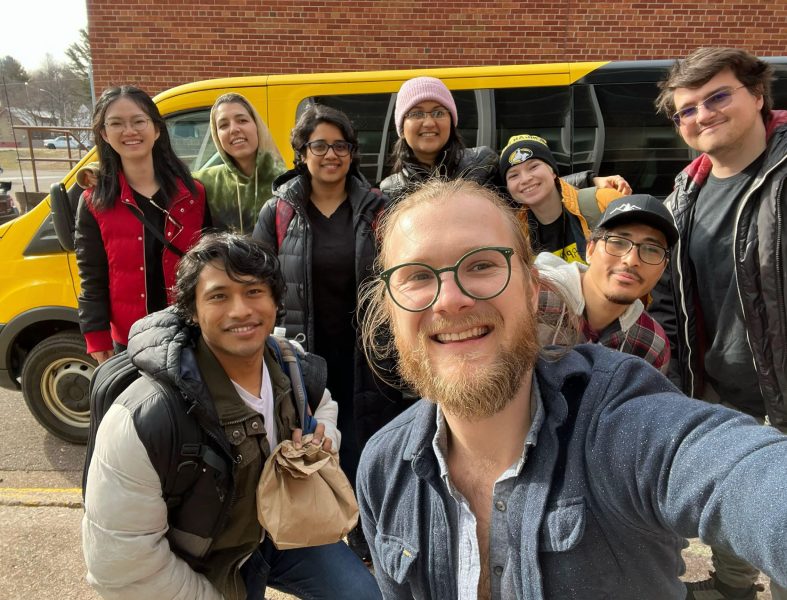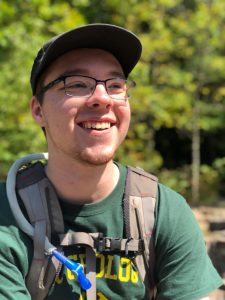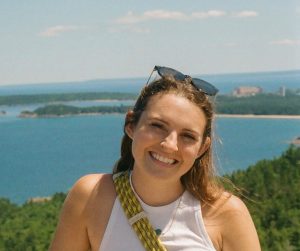
The 2022 American Institute of Professional Geologists (AIPG) Student Chapter of the Year Award goes to Michigan Technological University. This is the third year running for Michigan Tech!
Each year, AIPG recognizes the most outstanding student chapter for its activities, achievements, and contributions to the Institute. Nationwide there are 55 student chapters at AIPG. Some of the recent activities included a resume roast, Quincy Mine Tour, grad school presentation, poster meeting, Meet a Professional, Eben Ice Caves Trip, and group carpool to Central Michigan University for ASBOG Examination.
The 2021/2022 AIPG Student Chapter Officers: President, Elana Barth; Vice President Olivia Salvaggio; Secretary Nolan Gamet; and Treasurer Emilie Pray.
The 2022/2023 AIPG Student Chapter Officers: President Grace Ojala; Vice President Max Strange; Secretary Hannah Miller-Young; and Treasurer Emilie Pray.
The Chapter Sponsor is David Adler, CPG-11377, a Mannik & Smith Group Certified Professional Geologist (BS Geology ‘82). David Adler, inducted into the GMES Academy in October, has been awarded the AIPG Presidential Certificate of Merit for excellent contributions to the AIPG Michigan Section as chairman of the Michigan Section CPG application process.
The Chapter’s Faculty Sponsor is Chad Deering, associate professor in the Department of Geological and Mining Engineering and Sciences.
The AIPG Michigan Section President is Mellisa Powers-Taylor and the AIPG Michigan Section Liaison is Cody Stoddard.
Congratulations once again on a job well done. The GMES department is proud of your continued success!





























